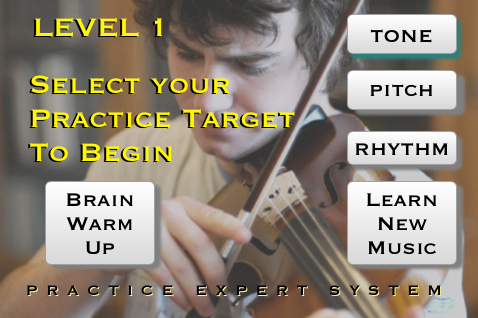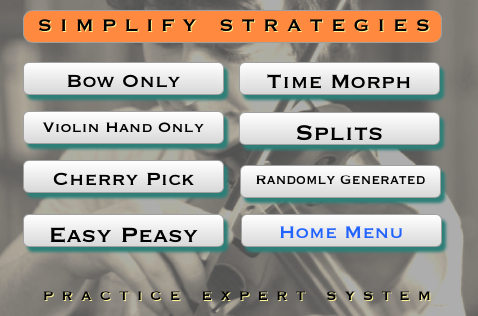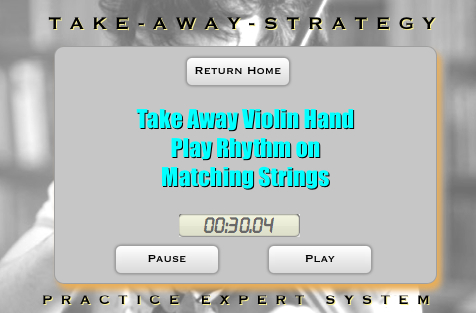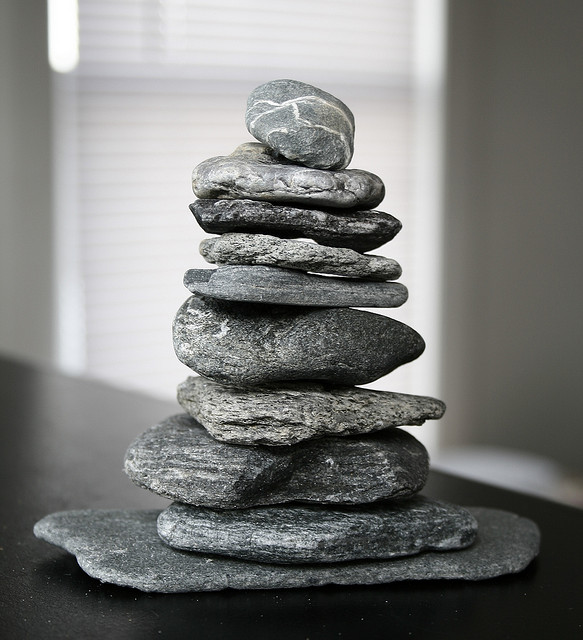One thing I realized: some days, I don’t have the state of mind to practice properly. For many of my students, it’s even worse. They may not even know how to practice well at all.
As much as I’ve learned about practice over the decades, I still find myself slipping into that robotic, mindless type of practice at times. As I’m sure you know, it’s very inefficient!
I needed something to fix the problem; something I couldn’t find elsewhere. So I made it myself:
A way to get a great practice session, regardless of how busy or distracted I feel.
It’s a web app that runs on an iPhone, smart phone or iPad, or even a PC. Take a look:
* * *
The first thing you see: a selector for your goal.
After that, you choose from 4 different big picture strategies designed to look at any passage in a variety of ways:
Next, you choose the specific tactic you’d like to use. (Some of these might look familiar). Or have the app randomly take you through the list using a timer:
Three quick clicks, and you’re up and running. Practicing creatively and efficiently. Here’s what the practice screen looks like while you’re working:
I’ve loaded the app with my own favorite practice ideas, plus it’s ready and waiting to hold up to eight of your own ideas, which I’ll personally add to the app. This music practice software is infinitely adaptable to any instrument or style of music.
Beta Demo
The software is still in development, but you can check it out here.
If this is something you’re seriously interested in, you can let me know next time I see you, or simply paypal me (bill@copiesandink.com) $20 and/or optionally send me a list of your eight practice strategies you’d like added.
Open to all and any feedback.
Cheers,
-Bill Alpert
P.S. Please let me know if you have any ideas to improve what I’ve done! Much appreciated.





